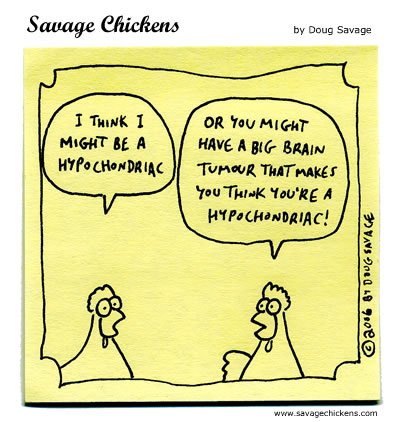In dire times such as wars, natural disasters and pandemics, we hear news of healthcare professionals setting rules to limit medical treatment provided to certain groups of people. This can come across as shocking to people as it seems unfathomable that a hospital would not do everything within its power to save a life. However, this is a well-known and commonly practised principle in medicine known as triage.
Fundamentally, triage is a system used to prioritise who should receive what level of medical care when. The word triage comes from the French verb trier, which means “to sort“. Modern triage was first designed by a French surgeon named Dominique Jean Larrey, who served in the Napoleonic Wars. Larrey categorised wounded soldiers into one of three groups:
- Those who would likely die no matter what treatment they received
- Those who would likely live no matter what treatment they received
- Those whose quality of life may benefit from immediate treatment

He advised battlefield medics to quickly assess what group a wounded patient would fall under and to focus on the last group. For example, if a soldier had superficial cuts and not heavily bleeding, they would be able to transport themselves back to base. A soldier who is not breathing or lost two or more limbs would be unlikely to survive despite acute surgery (especially with where medicine was at in those times). In other words, medical care would be focussed on those who would likely survive and benefit from urgent medical care, such as the patient who is needing an amputation to stop life-threatening bleeding from an injured limb.
This may sound cruel, but it is the unfortunate reality of healthcare. Ideally, we would like to give the best care to every patient, but we live in a world of scarcity, where resources are finite and limited.
Therefore, we rely on utilitarianism, where we ask “what is the most amount of good we can do with these finite resources?”.
Modern triage is more complicated than Napoleonic times, especially in the emergency department. However, in the case of emergency situations involving mass casualty, triage returns to its simple, original form.
Let us imagine a city struck by a massive earthquake. There are tens of thousands of people with varying severity of injuries. How do we prioritise who will be taken to hospital, need on-site treatment, or left to die or find their own way to hospital?
Physicians and nurses will quickly assess a patient and their vital signs to categorise them using coloured tags, such as red for needing emergency treatment, green for does not need treatment, or black for deceased or likely to die. This is because without triage and prioritisation, the available medical resources will quickly be exhausted and no further care will be deliverable.
If multiple doctors and nurses stop triaging and focus on one patient needing complex surgery, tens or even hundreds of potentially salvageable lives could be lost. If non-urgent injuries are all taken to hospital, the hospital will be overwhelmed and will not be able to provide care to those who are critically ill. If a patient with a non-survivable injury is operated on and taken to the intensive care unit (ICU), they will have lost the opportunity to use those resources on a patient with a better chance of survival.
As harsh as it sounds, saving ten people with moderate injuries who would die without treatment is preferred over the one person who has a less than 10% chance of surviving with maximum medical care. This may be as black-and-white as choosing to not rescue a person with an obviously unsurvivable injury such as decapitation, but it may be as complicated and ethically challenging as deciding if an elderly patient with a lung infection should be intubated and ventilated (breathing machine), fully knowing that a younger, healthier patient with the same infection may need that ventilator to survive, but with a much higher chance of survival and restoring their quality of life.
Triage is a classic example of when the rational solution to a problem such as scarcity challenges ethics and emotions. It may sound as if doctors are playing god when they are declining ICU level of care for an elderly patient, but we must also consider that they have a duty to provide the most effective care for all of society, not just the one patient. These kind of ethical dilemmas are an everyday occurrence in the medical field and can cause significant guilt, anger, pressure and resentment for the healthcare provider.
To simulate the weight of triage, consider the following scenario. Following an explosion in your neighbourhood, you respond to a scene with four patients:
- Your 28-year old co-worker with heavy bleeding from a laceration of their leg
- Your 83-year old mother who is bleeding from their head and unresponsive, breathing very irregularly and poorly
- Your neighbour’s 8-year old child who is not breathing despite straightening their airway and applying rescue breaths
- Your 45-year old who is screaming in pain from a broken arm but not bleeding and able to walk
You have the capability to treat and transport one patient. Who do you choose?
As much as we would like the save the life of our loved ones or a young child first, the principles of triage dictate that the first patient demands the most immediate response.
Triage does not account for emotional connections, personal biases or even justice necessarily. It is a cold, hard rule system that we use so that we can separate our emotions and instincts out amongst a horrific situation.











